Collaborating with WHO on a Video Case Study About Malaria Prevention in Siem Pang, Cambodia
This was the third time in a bit over a year that I’d been hired by the World Health Organization to work as a videographer on a case study for them.
This time it was malaria prevention in Stung Treng Province following Chan Sophal, who supports The Mekong Malaria Elimination (MME) programme at the provincial level.
Sophal works with remote communities close to the Lao border in Stung Treng Province.
‘I am stationed in Stung Treng Province, with a focus on Siem Pang, which is a malaria hotspot’, he says.
Sophal works closely with the head Siem Pang Health Center and the nurse in charge of the malaria elimination programme.
‘We plan our outreach campaigns together’, he says.
It was a great experience to work as a videographer for WHO and get to follow Sophal to some of the remote villages he works in.
Siem Pang itself is very remote, but it took a small ferry, a horse and cart and small boat to get to some of the highest risk communities.
As part of the Last Mile to Malaria Elimination, Sophal and his team of Village Malaria Workers (VMW) focus on the target group of men aged 15-49 years, who go regularly go into the forest and are the most likely to catch malaria and transmit it in their community.
‘We educate and encourage them to take preventive medication before they go to the forest or other high-risk malaria areas. They have never heard of preventive treatment, so taking the medicine when they're not sick worries them a lot. It is important to build trust so the community believes the medicine is good for their health,’ he says.
The medical care and education they provide is a key factor in helping to eliminate malaria in Cambodai.
This isn’t something Sophal takes lightly.
‘The work I’m proudest of is the contribution I’ve madeto eliminating malaria in Stung Treng Province’, he says.
For me working as a videographer on projects like this is a pleasure. Sophal and his team are dedicated in their work, they’ve won the trust of the communities they work in and their efforts are having a genuine impact.
Here’s a shorter version that was used as part of WHO’s 75th annievrsary social media campaign.
On Assignment as an NGO videographer for VSO
I was contracted by the NGO VSO to work as a videographer to produce 2 case studies to highlight their RECOVER project.
The RECOVER project, funded by the EU, is a technical vocational education and training programme (TVET) designed to help people in rural communities recover after the COVID-19 pandemic.
It is important to provide viable livelihoods for the almost 75 percent of people in Cambodia living in rural communities, to alleviate poverty and to prevent people having to migrate for work.
This video tells the story of Thavy. Thavy worked in South Korea, but when COVID-19 hit, she wanted to return home to be with her family.
Thavy enrolled in an agroprocessing course run by VSO where she learnt to make banana chips, which she now sells in her shop to supplement her income.
The chips are a healthy snack enjoyed be people in her village. The TVET training has taught Thavy valuable entrepreneurial skills. She’s looking at adding new flavours and expanding her product line and it allows her to live at home and look after her elderly mum.
Here’s the final video:
As part of the project, I also made a shorter version of the video for social media, which hopefully expands the reach of the campaign.
You can see more examples of my NGO videos here. Don’t hesitate to contact me if you would like to discuss any NGO video projects.
On location in Phnom Penh as a lighting camera operator for ITN Productions and Everland
ITN contacted me to work as a lighting camera operator in Phnom Penh, Cambodia on a shoot they had for Everland. They also asked me to recommend a journalist to write and present the piece and conduct the interviews.
Everland help to reduce emissions from deforestation and forest degradation in Kenya, Democratic Republic of Congo and Cambodia counties the REDD+ initiative. Hopefully, giving Cambodia carbon credits to not cut down their trees will preserve the natural forests and their ecosystems, allow people living traditional lifestyles in the forests to continue do so.
The scheme will hopefully have a positive impact on the environment as a whole. Unfortunately, the reality of the situtation is that there’s too much money in the timber in the forest, so the only viable option is to provide a financial impetus to conserve the forests.
Everland partner with a local production company here, so they kindly provided me with a sound recordist for the day while we shot all the Phnom Penh footage and I worked as a lighting camera operator for the interviews and pieces to camera for the intros and outros.
The studio intro was shot at the ITN studios in London, where I had the privilege of working for a few months when I was based in the UK.
On a personal level, it was an interesting project as I’ve spent extended periods working with indigenous Bunong in Mondulkiri while working on Last of the Elephant Men and have since worked with the mahouts at Elephant Valley Projects for Wild Animal Protection and on a self-funded pilot for a travel show.
In the field as a cameraperson and drone pilot at the Elephant Valley Project, Mondulkiri
Angelo got in touch with me and wanted me to work as a cameraperson and drone pilot for him to film at the Elephant Valley Project (EVP) in Mondulkiri, Cambodia.
Angelo is a Portuguese actor who recently starred in the Brazilian Netflix drama Lady Voyuer. He was in Cambodia to shoot part of a pilot for a travel show. Having seen my work on Last of the Elephant Men, he asked me to come along for the ride.
It was great to catch up with some people I hadn’t seen for a long time and to be back in the jungle filming elephants. It was also great to meet Gee Pich (Diamond), the latest addition to the EVP family.
Gee Pich was born at the project after a heard of wild elephants entered EVP. Pearl ran away with the heard and 21 months after she came back she gave birth to Gee Pich.
While the staff at EVP would love to rewild elephants, this is not one of the aims of the projects as most of the elephants have lived in captivity for most if not all of their lives and simply don’t have the skills to survive in the wild.
Although the outcome is largely positive, unfortunately, this kind of encounter is becoming increasingly common as the wild elephants natural habitats are being destroyed. This changes their annual migration routes.
The heavy rain made for an interesting shoot - it was a challenge keeping all the kit dry, but it gives the jungle a wonderful enclosed atmosphere and makes for some great images.
Hopefully Angelo is successful in pitching the show and it’s coming to a screen near you!
You can see the trailer of the feature-length documentary about elephants I worked on as a cameraperson in Mondulkiri here and you can see other examples of my documentary work here.
Below are some frames from the footage I shot. All the images were shot in log and haven’t been graded.
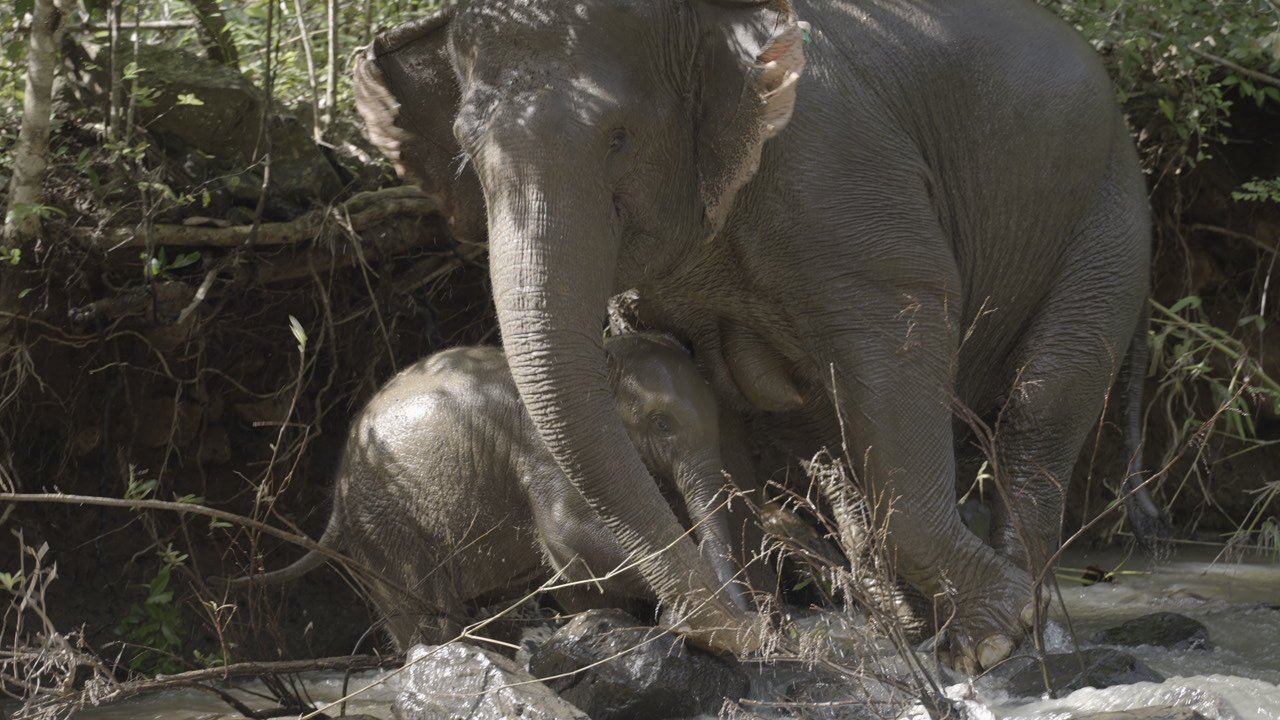
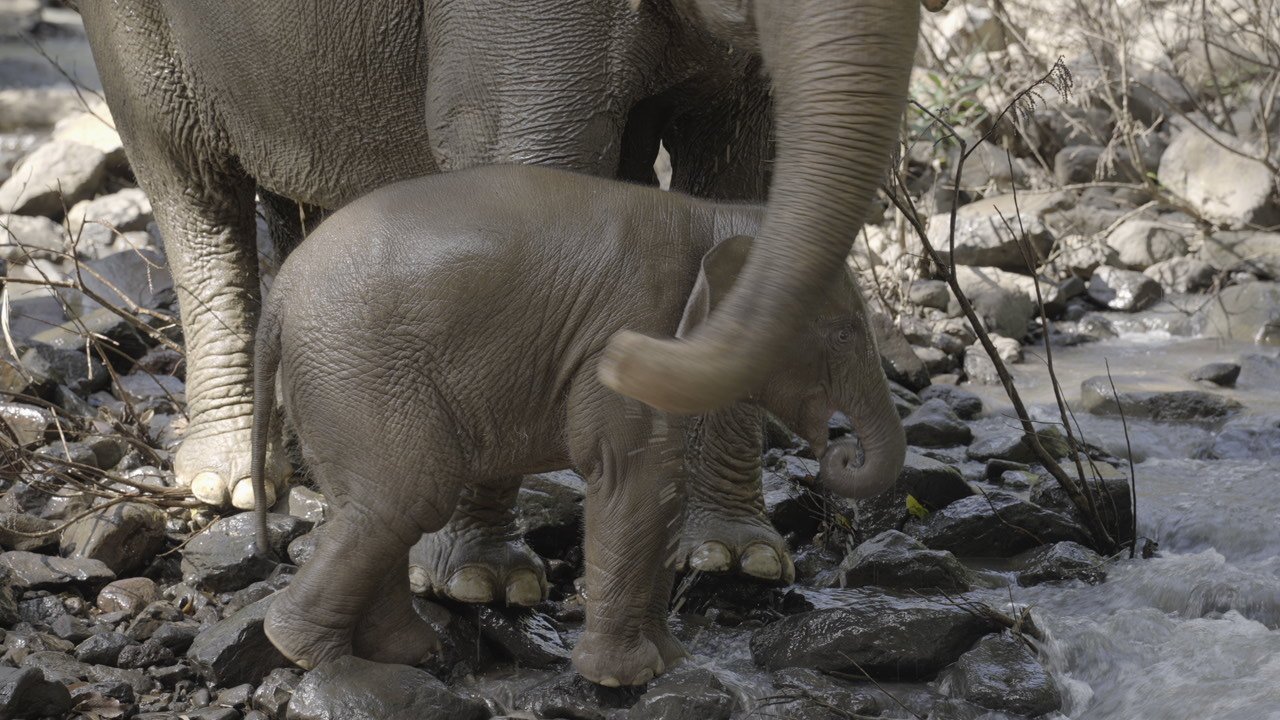
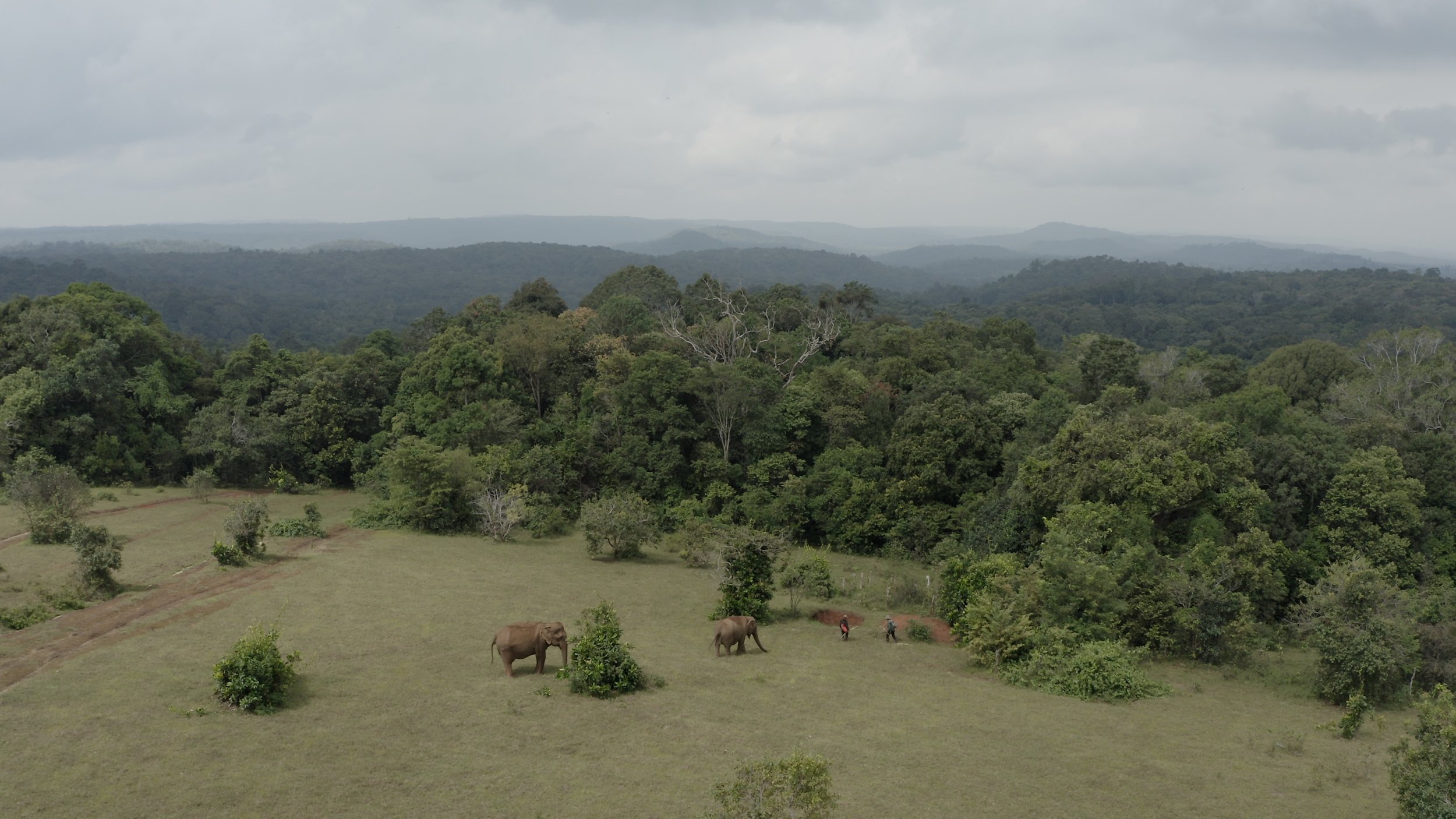
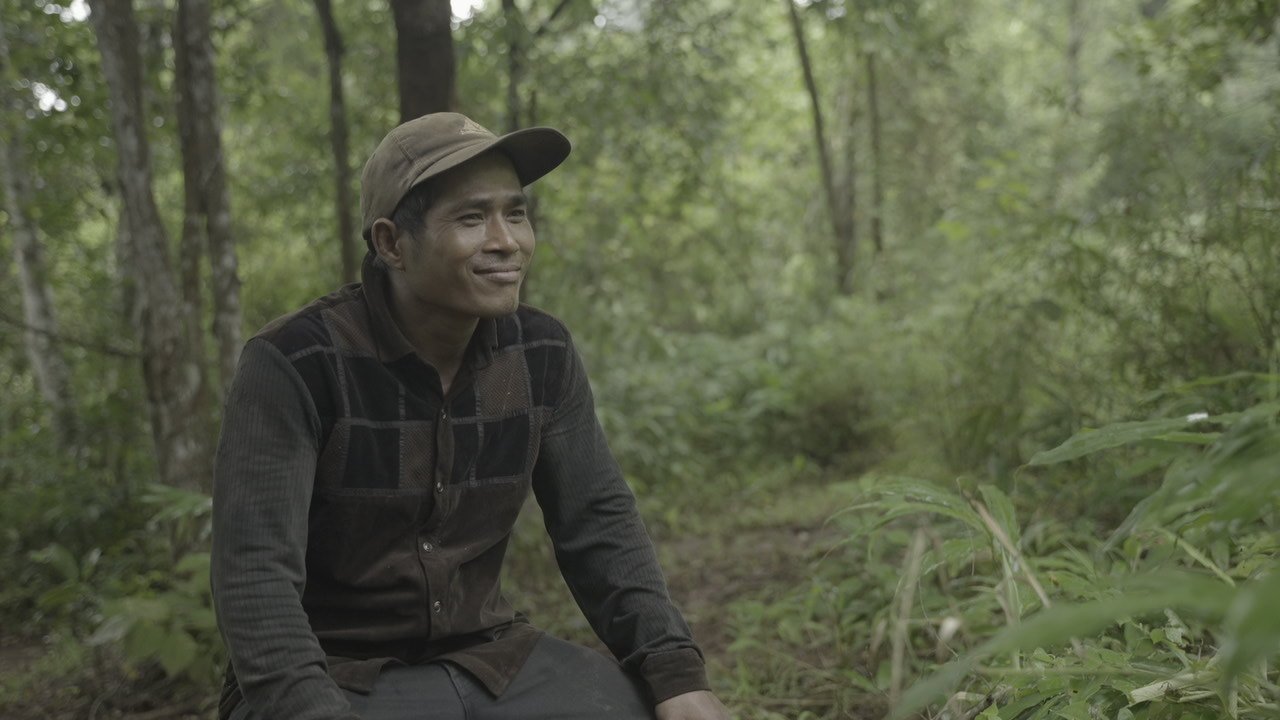
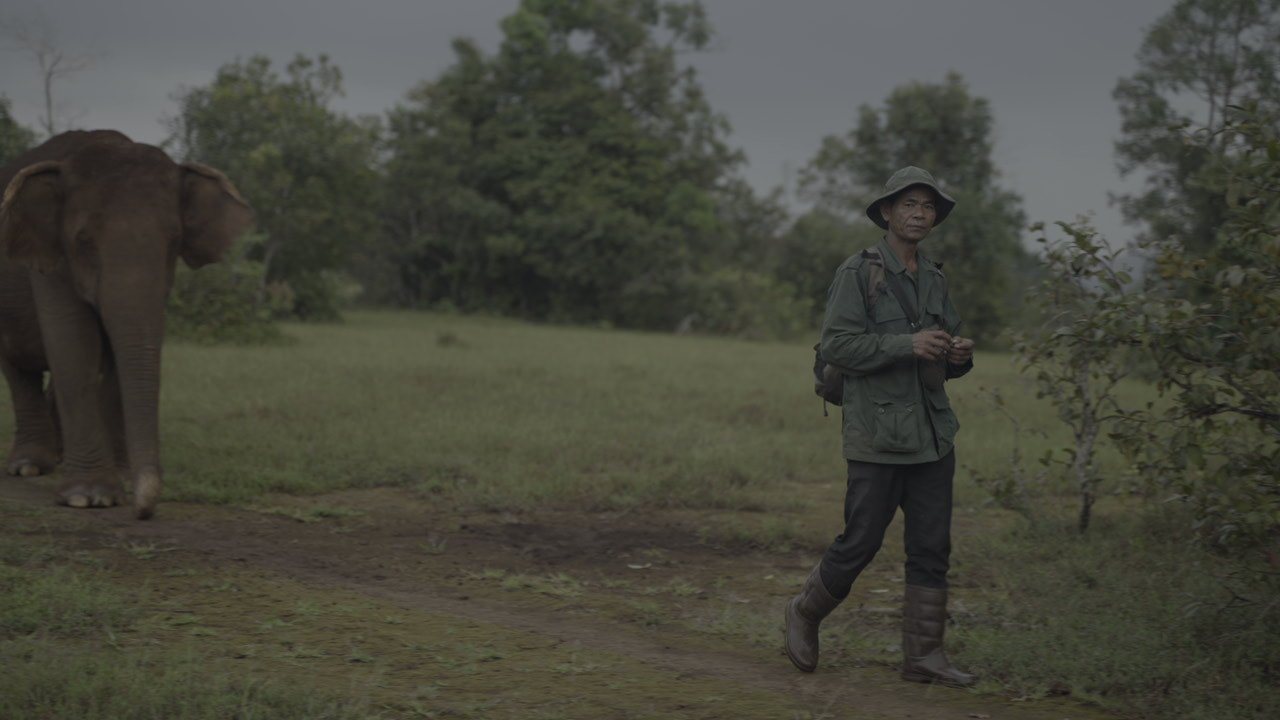
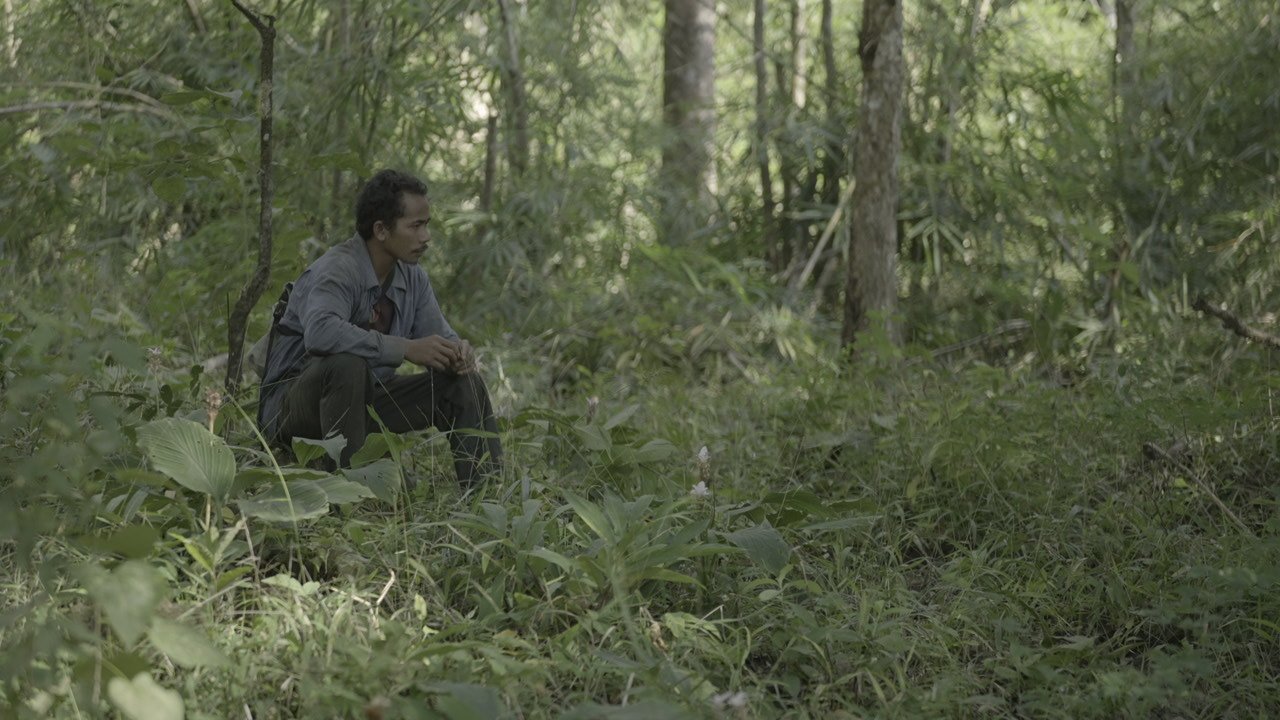
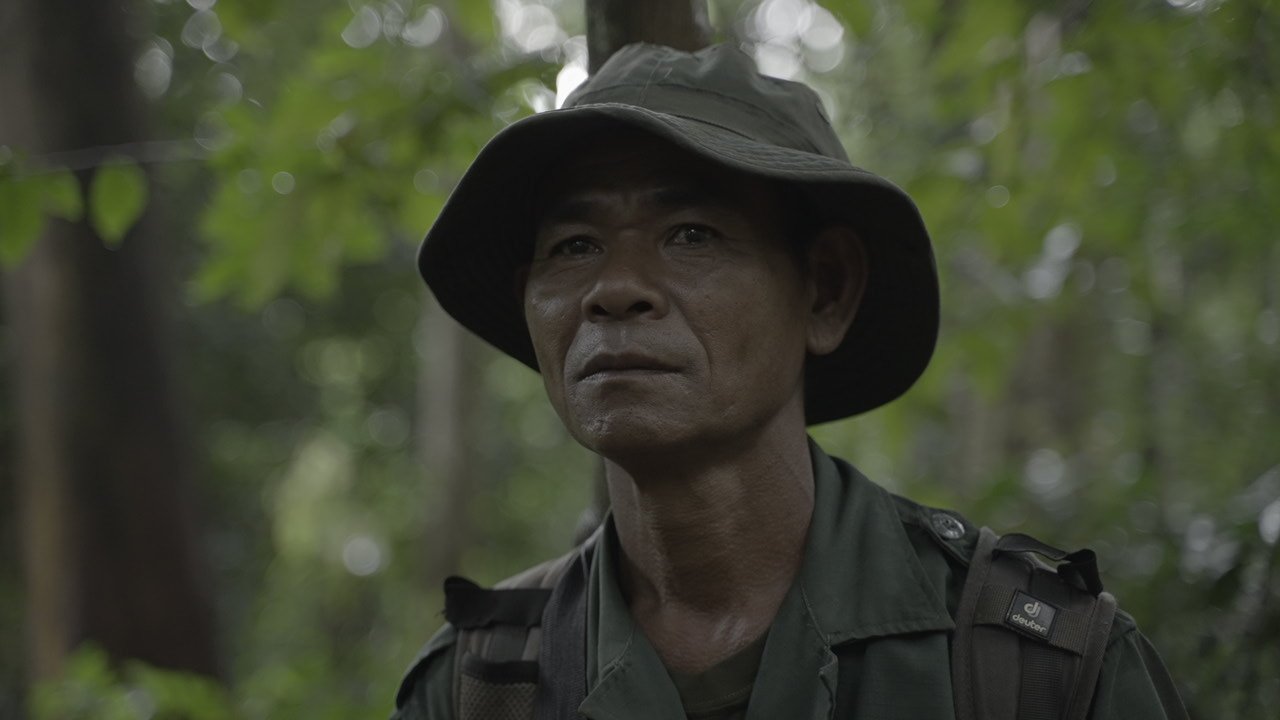
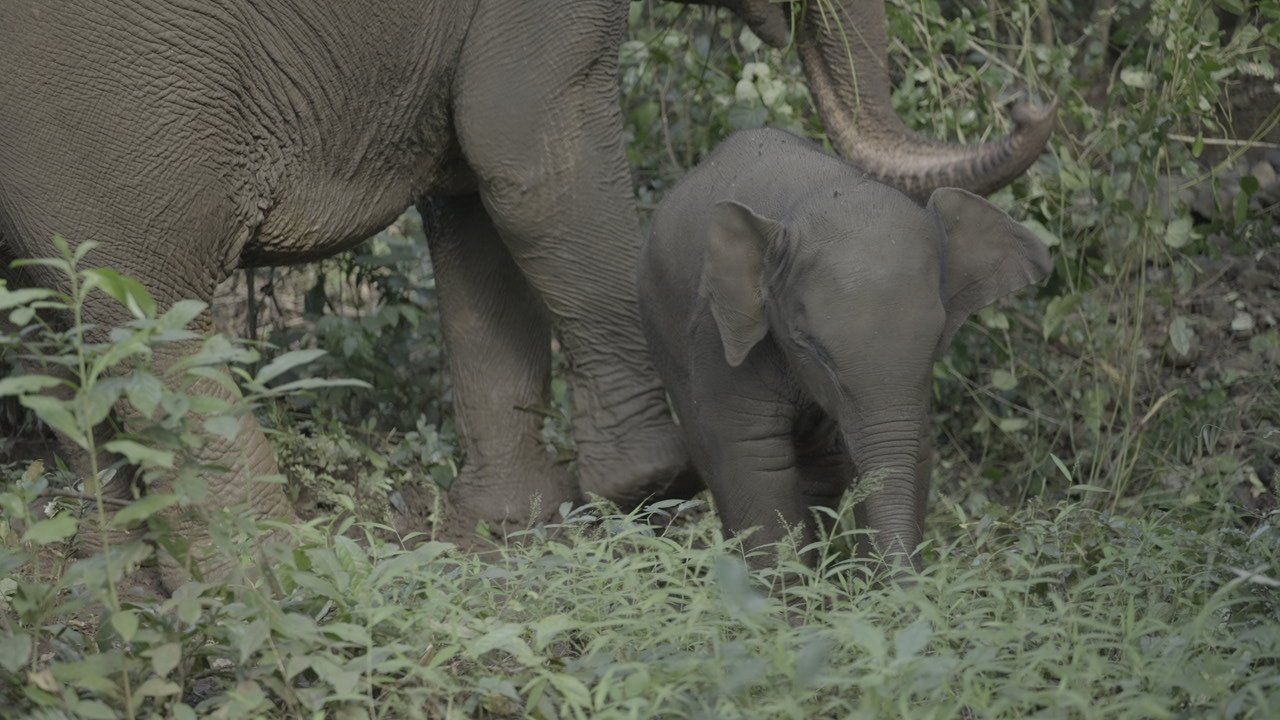
NGO videographer for UNICEF and LEGO project in Siem Reap, Cambodia
I was assigned to work as an NGO videographer to produce a training video for UNICEF and LEGO’s Build the Change project in Siem Reap, Cambodia.
UNICEF and LEGO have been corporate partners since 2015. Their latest collaboration is the Build the Change project, which will be taught in classrooms across Cambodia. The aim is for Cambodian students to use their imaginations and LEGO to work no a project that expresses their hopes for the future. Photos of the projects are then uploaded to a portal for the project and LEGO aims to share the projects to try and bring about lasting change using the students ideas.
I was asked to make a training video that helped to support the teacher’s book to clearly and concisely demonstrate to Cambodian teachers how to set up and run the activity in their classrooms and share the projects.
The video was a challenge as the project hadn’t been launched in Cambodia and no one had experience of teaching the activity. I worked closely with Bunly and the communications team at UNICEF to find solutions to make a training video that clearly explains the process of running the activity in a classroom, so that teachers across Cambodia understand how to set up and run the activity in their classrooms. The team at UNICEF were very happy with results.
You can watch the video above and you can see more examples of training videos here and more examples of my work as an NGO videographer here.

